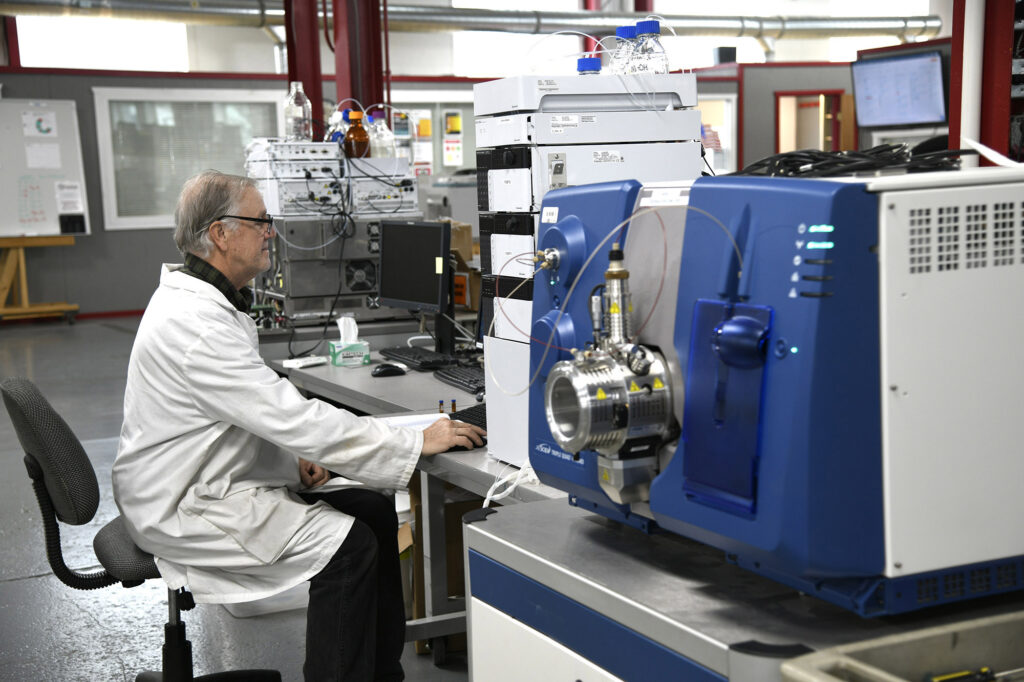Passivation, the process of treating the surface of chromatographic columns to prevent unwanted interactions between the stationary phase and analytes, plays a pivotal role in improving chromatogram results.
Chromatography relies on the separation of analytes based on their differential interaction with a stationary phase. However, chromatographic columns are susceptible to various interactions that can compromise separation efficiency and result in undesirable chromatogram features. These undesirable features include peak tailing, peak splitting, and missing peaks.
Understanding Passivation
Passivation emerges as a crucial strategy to mitigate these issues by modifying the column surface to minimize undesirable interactions between the stationary phase and analytes. Common passivation methods include silanization, derivatization, and coating with inert materials such as polymeric films or metallic oxides. These techniques aim to create a barrier that minimizes unwanted interactions while maintaining the desired selectivity and resolution.
A Simple Method
Watch as GenTech Field Service Engineer, Michael McKenna, describes a simple passivation method of flushing the sample pathway with both water and a strong acid.
How Passivation Resolves Issues
Passivation can resolve common issues such as peak tailing, peak splitting, and missing peaks. Through the modification of column surfaces, passivation minimizes non-specific interactions between analytes and stationary phases. This promotes sharper peak shapes, improved peak symmetry, and enhanced separation efficiency.
- Passivation effectively reduces peak tailing by promoting uniform analyte elution and sharper peak shapes. By eliminating tailing, passivation enhances peak symmetry and improves the accuracy and precision of peak area measurements.
- Passivation mitigates peak splitting by homogenizing the column surface and minimizing variations in analyte retention. This leads to the coalescence of split peaks into one well-defined peak, thereby facilitating accurate quantification and identification of analytes.
- Missing peaks occur when certain analytes fail to elute or are undetectable in chromatograms. These pose significant challenges in analytical workflows. Passivation aids in resolving missing peaks by reducing analyte adsorption onto the column surface and promoting their efficient elution.
As chromatography continues to evolve as a cornerstone technique in analytical chemistry, the optimization of passivation techniques holds immense promise in advancing the accuracy, sensitivity, and reliability of chromatographic analyses.







